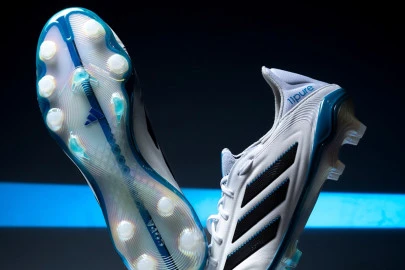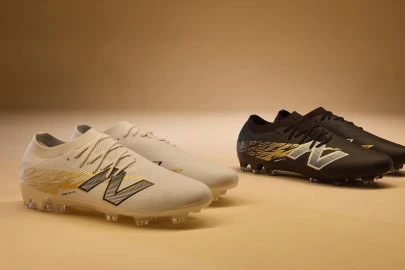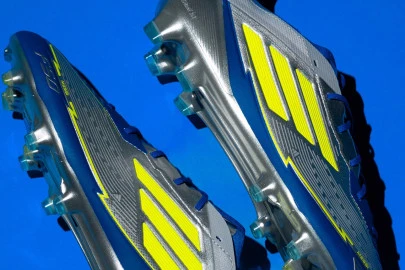Since the adidas ACE 16+ were released (the first laceless boots by adidas), the brands saw that the chromed finish of the sole disappeared with usage. The functionality of the boot wasn’t affected at all but its look was and many customers returned their boots, and rightly so. However, adidas quickly learned its lesson and, along with all the releases made after this tiny failure, it started to include a sticker, first in the sole and now in the upper, to warn the client about this special wear. Consequently, we’ve seen this same procedure in all the brands including chromed or any special cooting that tends to wear away. All these stickers, in different ways, tell us the same story: “The cooting of the plate of this boot will disappear with uses, but in no moment the functionality of this boot shall be affected”.
The finish may be chromed, matte, or a leopard print, they’re all just the same.
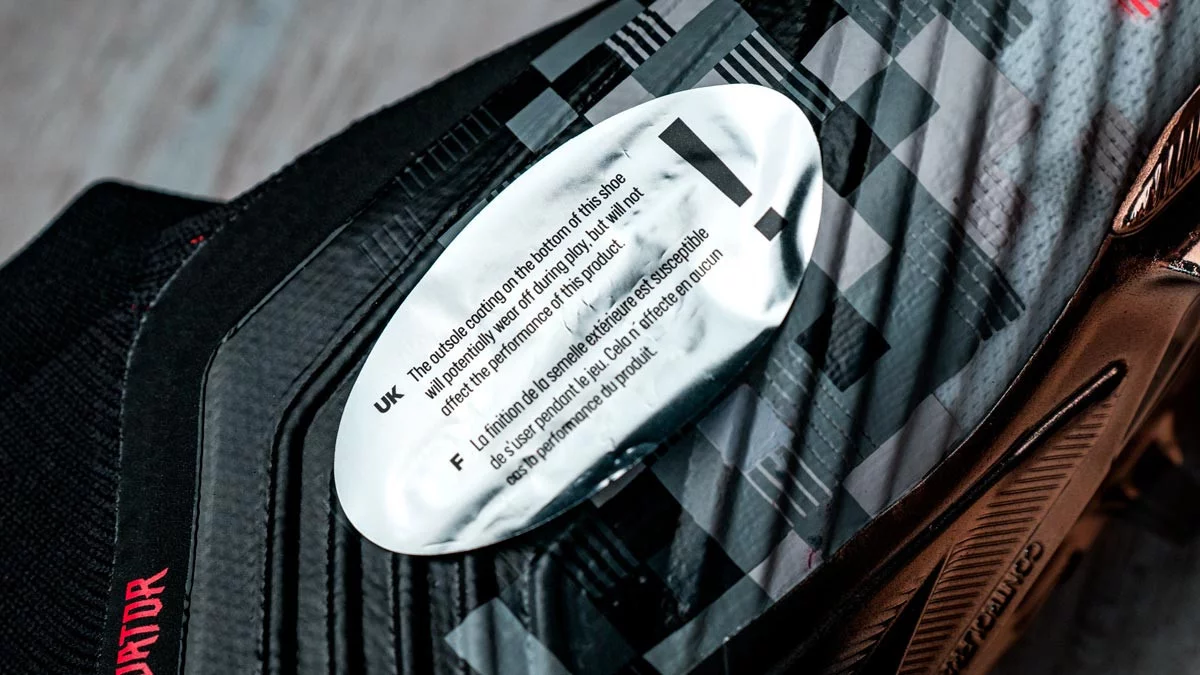
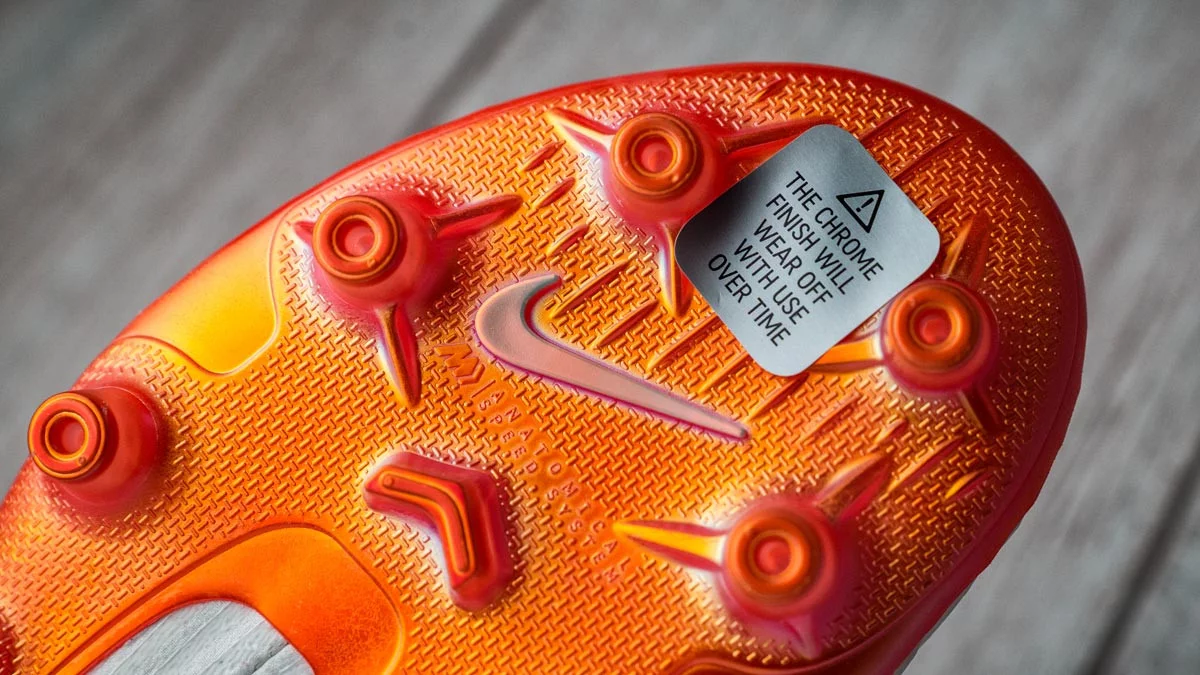
With this simple method the brands have managed to play it safe and prevent any return in relation to the purchase of a faulty product since the client is warned about this issue from the very same moment they get the boot out of its box, so, if the customer decides to ultimately use the shoes, he/she accepts the finish can fade away. So, what can the client do about this? The only option: return the product before using it. This way clients can show their disagreement with the fact of using a boot with a worn off look.
How much takes the cooting of these boots to wear out?
The sole is the only element of a boot that is constantly used during the whole match or training session, so it’s constantly exposed to a greater erosion. The time that takes the cooting to disappear varies a lot since it depends on the terrain in which they’re used or the weather, but, truth be told, it can start to wear away from the very first use. If this actually happens the first time the player uses the boot and it loses its spectacular finish, there’s nothing to be done about it since the sticker informed us about this situation from the first moment.
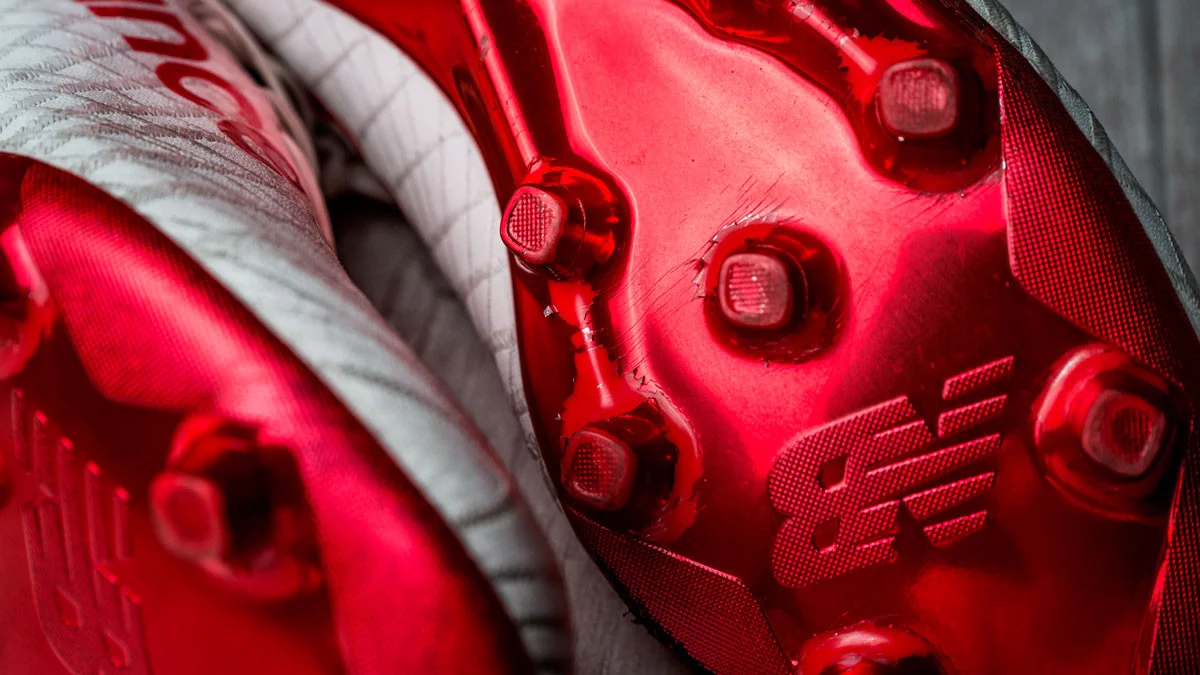
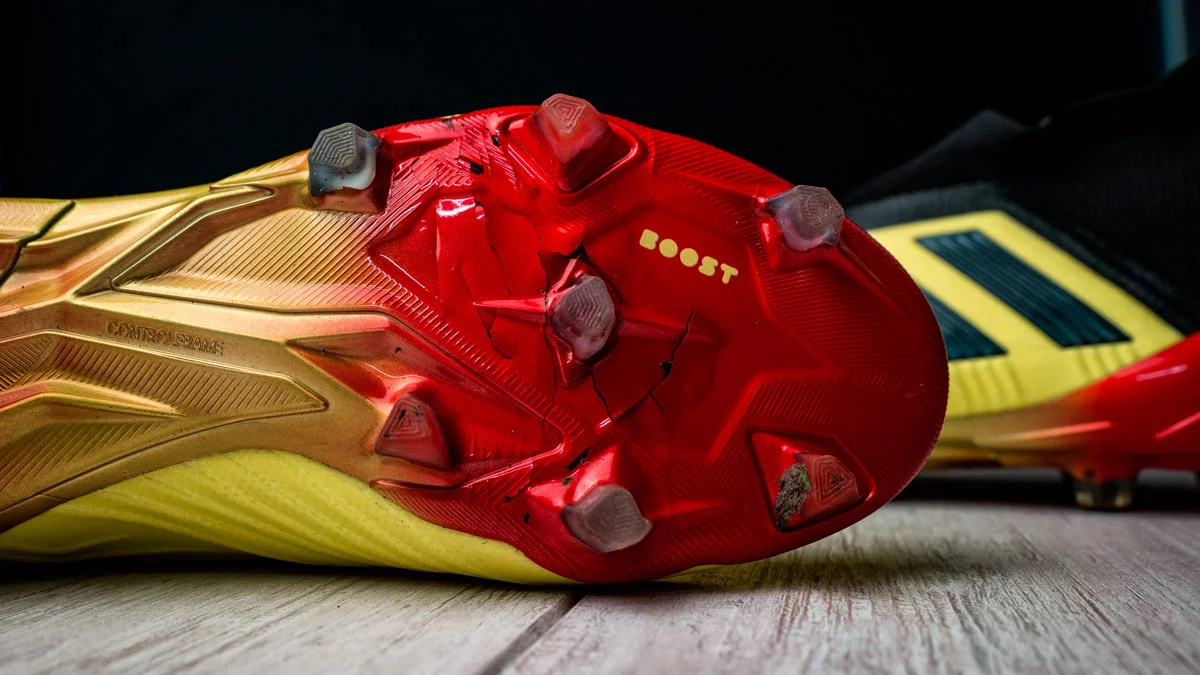
Why don’t brands make soles with a cooting that doesn’t wear off? We’re convinced that if it’s not possible it’s because the technology doesn’t exist yet or, in case it does, the manufacture cost would raise quite much and, with it, the price of the product itself. Should the brands stop making products with this kind of finish then? This is a question with many answers and personal opinions.
We take the opportunity to mention that even if it’s very popular amongst top-tier soles, we’ve also seen this in some uppers or other elements that could experience the same erosion like, for example, two Nike Mercurial Superfly IV CR7 versions which presented an upper with a glitter-like finish that just went away with usage.
.webp)
Conclusion: we’ve been prevented by the products of the brands. We’d also like to claim in this post that we’re neither for or against the aesthetic cootings brands use, but we understand the disagreement of the customer and we hope the brands will act accordingly. Having said this, the client needs to understand that it’s not possible to return a product that warns us beforehand of its aesthetical deterioration.

